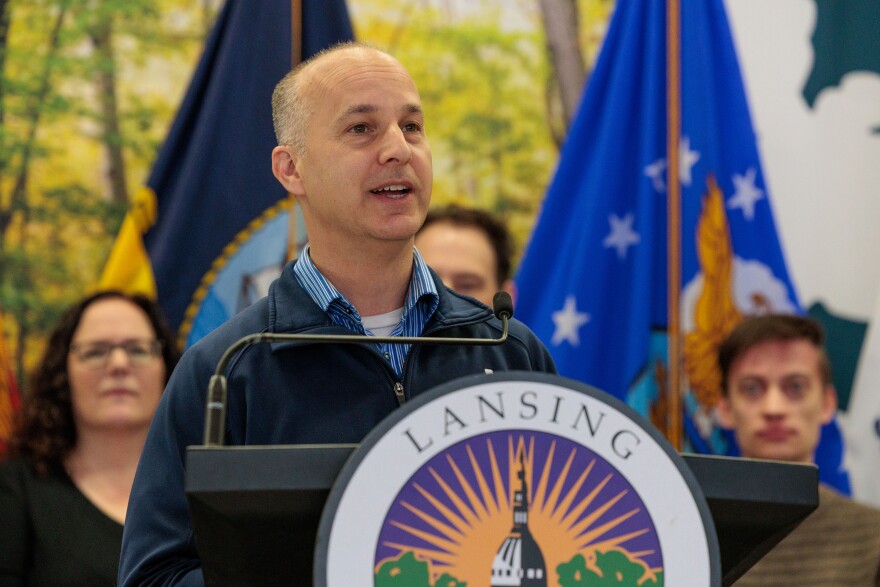A new initiative in Lansing aims to reduce carbon emissions in the city’s aging buildings by 2030.
The Lansing 2030 District is part of a global network that centralizes resources to help building owners save money while decreasing emissions.
Program manager Audrey Whaling said while the timeframe may sound ambitious, they adapt specific goals for each building owner’s capabilities.
“While folks hear that, they might panic and think, 'Oh my gosh, what kind of goal is that?” Whaling said. “But really wherever anyone is at, usually people are doing projects that are going that direction. Wherever anyone is at on their sustainability journey, their goals fit under our framework.”
Mayor Andy Schor said the city has made progress on other sustainability initiatives — like introducing hybrid police cruisers and energy efficient buses — but aging buildings remain among the biggest contributors to emissions.
“We’re building some new buildings that will be energy efficient, but many of our buildings here are older, so we know that it takes more work,” Schor said.

Around 10 million square feet of building space has been committed to participate so far, including from the Lansing Board of Water & Light and University of Michigan Health-Sparrow.
Whaling said the network is partnered with the Michigan State Industrial Training and Assessment Center to offer free energy assessments for small businesses who want to participate.
The program in Lansing is organized in partnership with the Michigan Green Building Collaborative.
Grand Rapids, Detroit and Ann Arbor are also participating, making Michigan one of only two states to have four cities join the network.
Produced with assistance from the Public Media Journalists Association Editor Corps funded by the Corporation for Public Broadcasting, a private corporation funded by the American people.

